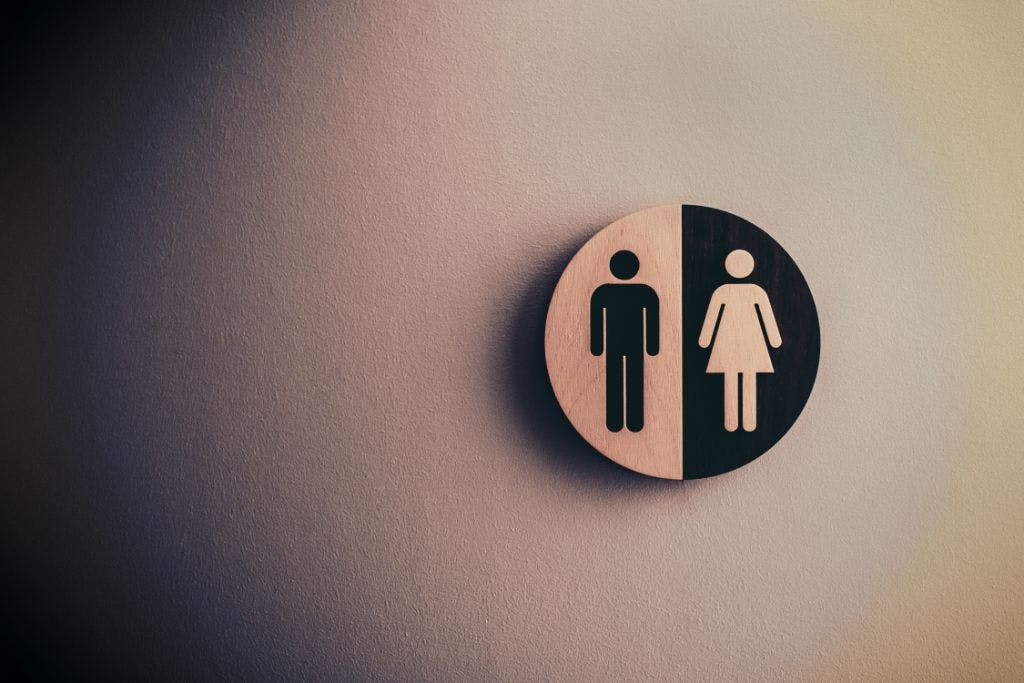First published on Thursday, Jun 04, 2020
Last updated on Wednesday, Jun 19, 2024
To protect our equality of opportunity, some of those characteristics — such as race, sex, age, religion and disability — are protected by law against unfair discrimination in the workplace.
Equality doesn’t mean treating everybody the same. If your employees have different needs, they might need different support too, such as workplace adjustments.
“I believe in equality for everyone, except reporters and photographers.”
- Mahatma Gandhi
Equality management, therefore, needs to be both fair and flexible. It also needs to be vigilant. The quote above is in jest, but it shows even progressive thinkers can discriminate! To prevent complacency and stay up to date with the law, HR must strive to continuously improve on workplace equality.
Preventing workplace discrimination
In practice, you can create a diversity strategy to guide workplace behaviour. Your strategy should be regularly reviewed and reinforced with support from senior management. It might address the following characteristics, among others.
Sex, orientation and gender reassignment
Sex discrimination includes equal pay legislation, which requires pay equality between men and women. Sex discrimination at work also includes unfair treatment of a woman because of her pregnancy.
People of all sexual orientations, as well as people who have undergone or are undergoing gender reassignment, are also protected under the Equality Act 2010.
Age
The Equality Act 2010 protects people of all ages from employment discrimination in the workplace. The law applies to all employers and covers not just hiring but promotion, rewards, redundancy, training and company pensions.
Your organisation can take positive action to address under-representation of specific age groups within your workforce.
Disability
In the Equality Act 2010, the term ‘disability’ means a substantial, long-term, physical or mental impairment. It includes cancer and other serious illnesses.
As an employer, you’re required to make reasonable adjustments to accommodate disabled workers’ needs. It’s also illegal to issue pre-employment medical questionnaires.
Race and religion
Workplace discrimination laws on race and religion are broad. Race includes colour, ethnic origin and nationality. Religion includes known religions as well as philosophical and non-spiritual beliefs, including lack of belief.
Your strategy might cover recruitment, appraisal, dress codes and working practices, making sure they don’t discriminate in terms of race, religion or belief.
How workplace equality makes business sense
Promoting equality within your organisation isn’t just about supporting workers’ rights to fair treatment. There’s also a strong business case for making sure your organisation offers equal opportunity for all.
“It turns out that advancing equal opportunity and economic empowerment is both morally right and good economics, because discrimination, poverty and ignorance restrict growth.”
- Bill Clinton, former US president
- Making people feel valued: Research shows people enjoy working for organisations with good employment practices. You could attract and retain better talent, as well as improving workforce productivity.
- Increasing competitiveness: A diverse workforce may be more in touch with the needs of diverse community groups. So you could be better placed to find and exploit new market opportunities.
- Enhancing corporate reputation: Equality and diversity are increasingly seen as an indicator of good corporate social responsibility (CSR).
Explore our equality resources
Learn more about equality and diversity issues, legislation and HR practices. Find detailed BrightBase compliance guides, opinion pieces and other resources below.
Have a question?
Ask away, we’ve got lightning fast answers for UK business owners and employers powered by qualified experts.










